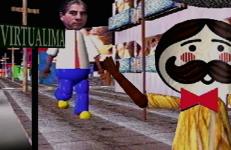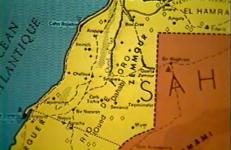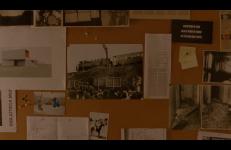Morayngava: the “design of things.” Yngiru: the box of the spirits, the films, just like xaman dreams. This is how the Asurini define video, which has just arrived in their village. After discovering that it is possible to store their images, the old men lament that they never stored images of their ancestors and decided to register the initiation of a xaman, a tradition threatened by new times.
Directed by Virginia Valadão and Regina Müller.
In Assurini with English subtitles.
























